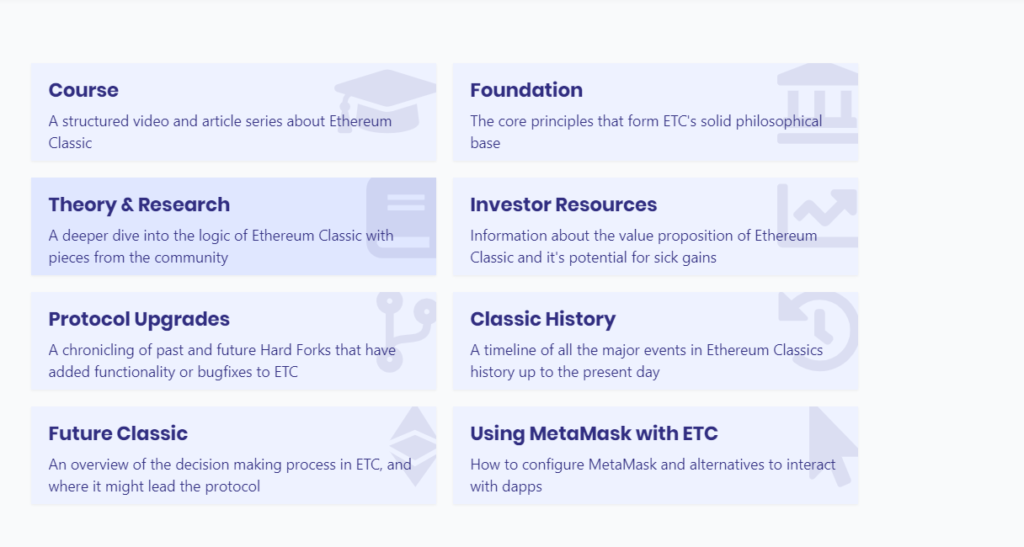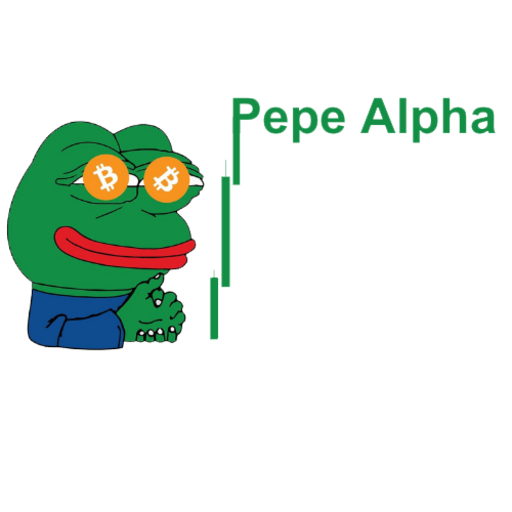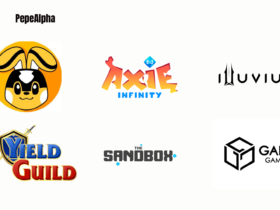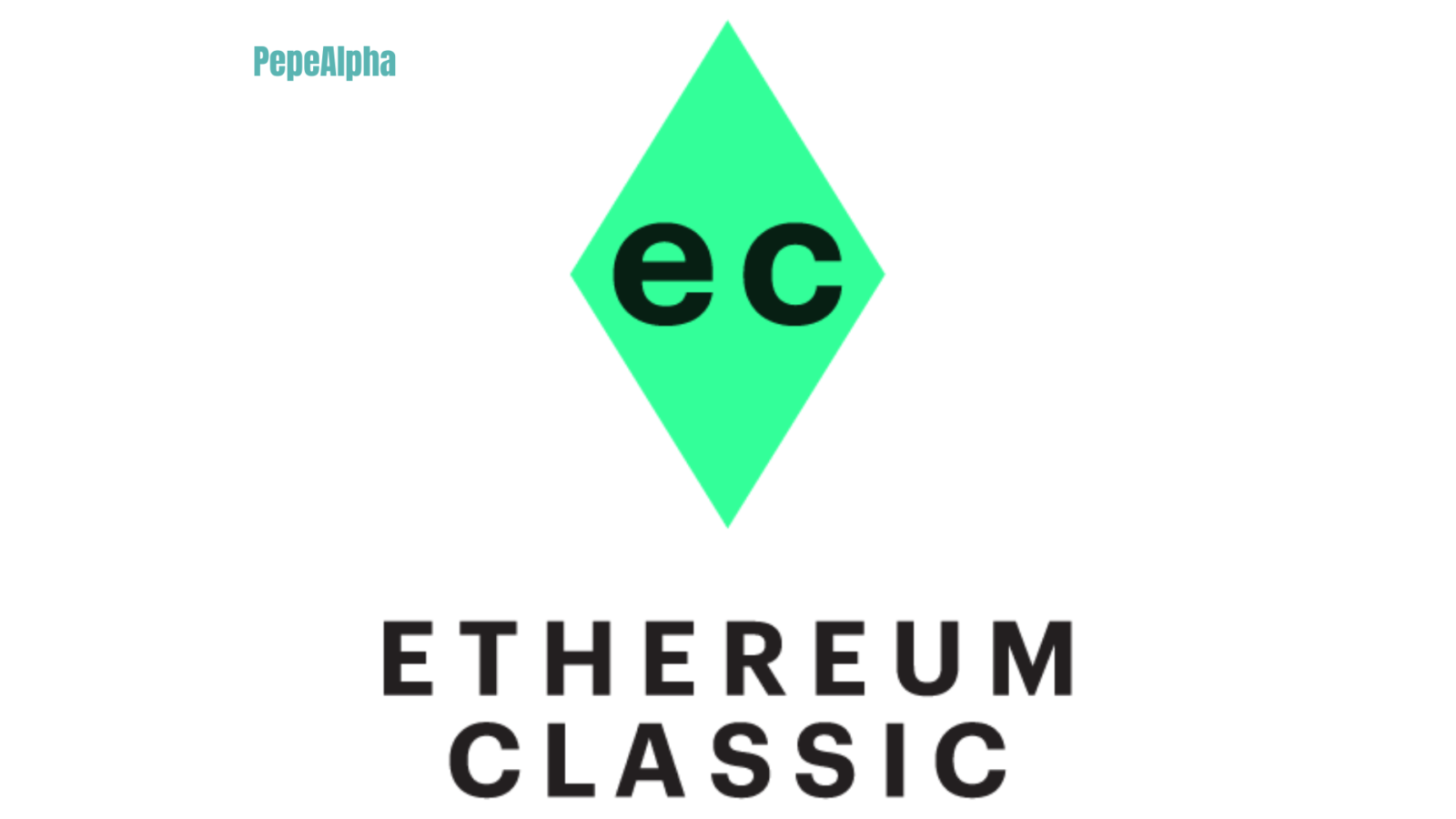Alrighty, let’s dive into the fascinating world of Ethereum Classic (ETC)!
What is Ethereum Classic?
Ethereum Classic (ETC) is a bit of a renegade in the world of cryptocurrency, flipping the script on how blockchains are launched, altered, and upgraded. You see, before Ethereum Classic came along in 2016, developers usually released new cryptocurrencies by either tweaking existing crypto software (often Bitcoin) or creating a whole new software from scratch. But Ethereum Classic decided to shake things up a bit. This cryptocurrency was born when a group of Ethereum (ETH) blockchain users decided not to adopt new code recommended by the project developers.
Who Created Ethereum Classic?
Now, figuring out who exactly created Ethereum Classic (ETC) is like trying to catch a unicorn in a rainbow forest. The developer most tied to the decision of sticking with the original Ethereum is the mysterious Arvicco, who credited a larger group of users with the idea. However, much of the Ethereum Classic code can be traced back to the original Ethereum development team, led by the enigmatic Russian-Canadian Vitalik Buterin and his colleagues. Buterin’s aim with Ethereum was to expand the use cases for cryptocurrencies beyond just money, allowing developers to create new cryptocurrencies and decentralized applications. Ethereum Classic shares this vision but has since opted for a different technical direction.
Why Did Ethereum Classic Fork?
Ah, the million-dollar question! The Ethereum Classic fork happened over a good old-fashioned ideological dispute among Ethereum users. One of the core principles of blockchains is their immutability, meaning no user can alter transactions once they’re added to the blockchain’s history. Ethereum Classic users felt that the code proposed by Ethereum’s developers following The DAO (more on that in a sec) violated this essential guarantee of the software. Project developers, on the other hand, saw the code as a one-time fix for a beta software.
What Was The DAO?
The DAO (Decentralized Autonomous Organization) was a revolutionary decentralized application meant to act as a funding vehicle for emerging projects on Ethereum. Unlike traditional funding platforms, The DAO was entirely code-based, with no central leadership. Instead, it relied on open voting. Investors in The DAO could vote on which projects to support and contribute ETH to be distributed to those projects. It was like Kickstarter, but with a futuristic twist!
The DAO Attack
In June 2016, The DAO encountered a security flaw that put roughly $150 million in ether at risk. Despite assurances that the funds were safe, they were eventually siphoned from its accounts. The attacker exploited a bug in the code that allowed them to continuously retrieve their DAO tokens, essentially draining one-third of The DAO’s collected funds. The community debated vigorously about how (or if) Ethereum’s developers should respond.
How Did Ethereum Classic Fork?
Faced with a tough decision, Ethereum’s developers asked the users how the project should proceed after The DAO attack. They eventually coded an alternative software with a patch designed to revert the lost funds, effectively asking the public to make a decision. Since the code directly impacted Ethereum’s transaction history, anyone who decided to continue running the old software would be transacting on a separate blockchain. And voila, Ethereum Classic was born!
What’s the Difference Between Ethereum and Ethereum Classic?
While Ethereum and Ethereum Classic initially shared the same code, Ethereum Classic has since forged its own path. One of the most significant differences is that the Ethereum Classic community has committed to sticking with proof-of-work mining (the system pioneered by Bitcoin) to secure its blockchain. As of 2020, Ethereum also uses proof-of-work, but its developers are eyeing a roadmap that will see the software switching to a different model. Ethereum Classic has also adopted a fixed monetary policy, capping the total amount of ETC that can be created at 230 million. This makes ETC a bit like digital gold, with scarcity boosting its value.

Why Use Ethereum Classic?
With its fixed monetary policy, Ethereum Classic supporters see their cryptocurrency, classic ether, as a solid store of value, much like bitcoin. This makes it attractive to investors, who can rely on ETC tokens becoming rarer over time. The network itself can be used to develop and run decentralized applications, although the number of available dapps is currently limited. Given its compatibility with Ethereum, some voices in the community envision a symbiotic collaboration between the two blockchains.
And there you have it, folks! Ethereum Classic, the wild child of the cryptocurrency world, keeping things exciting and innovative!
Links:
https://ethereumclassic.org/
https://ethereumclassic.org/discord
https://twitter.com/eth_classic
https://reddit.com/r/ethereumclassic
https://github.com/etclabscore















Leave a Reply